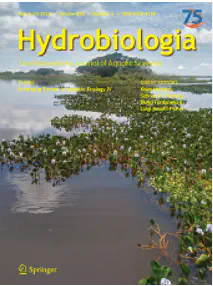What we know and do not know about the invasive Asian clam Corbicula fluminea

Abstract
Corbicula fluminea is a widespread and problematic invasive bivalve species in many freshwater ecosystems. Here, a systematic literature review was performed to synthesise what is presently known about C. fluminea in relation to its biology, ecology, and management. Of the total 1156 studies analysed, most were conducted in North America and Europe, with a primary focus on toxicology and ecology. In the native range, most studies assessed the role of C. fluminea in human nutrition and health. We have also identified a series of knowledge gaps that should be considered by future research. These include, for example, the need to better assess basic biological and ecological features (e.g. distribution, abundance, biomass, population structure, modes of reproduction, natural enemies) of C. fluminea, while the resolution of severe taxonomic problems that persist within the Corbicula species complex should be addressed with novel molecular tools. Further, better understanding of the mechanisms that underpin the impacts of C. fluminea in the invaded range is required. Given the high invasiveness of C. fluminea, novel methodologies and techniques to improve early detection, prediction of spread, and effective management for successful containment and eradication are urgently needed.